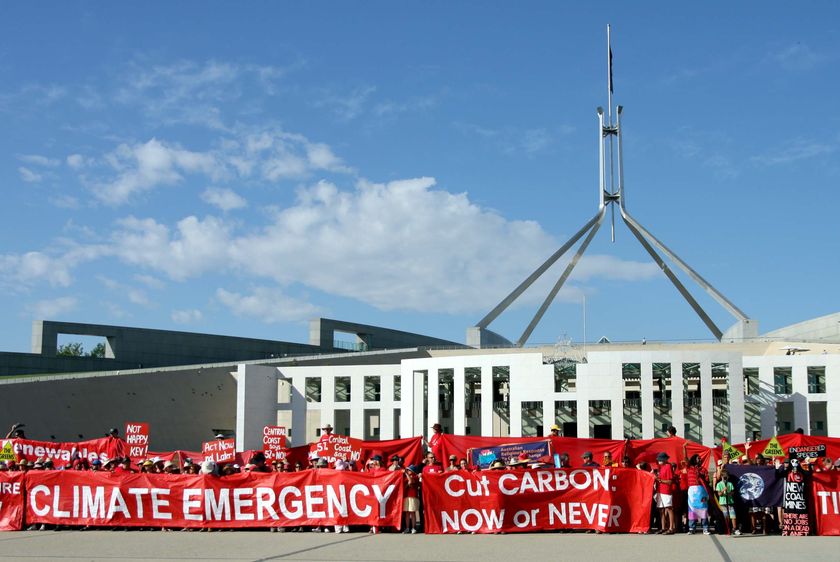
As climate change becomes an increasingly hot topic, the collective actions and decisions of the planet’s nations becomes crucial in the regards to reducing greenhouse gas emissions. The UN Climate Change Conference 2009, also known as the Copenhagen Summit, is the most recent in a long list of climate related conferences.
- The conference was held in Copenhagen, Denmark in December of 2009
- Included leaders from 193 nations
- Individual nations determined their proposed emission cuts by the 2020
- Failed to ratify a unified proposal to lower greenhouse gas emissions
Despite the individual promises made by the many nations whom were in attendance, the conference failed to construct an internationally binding deal that would assure the combined effort of nations to address the impending climate issue with any real conviction. The president of Friends of the Earth U.S., Erich Pica, called the accord “a sham agreement.” This failure is reminiscent of previous climate conference outcomes, such as the Kyoto Protocol, and it is evident that a distrust between nations led to the lack of power behind the Copenhagen Accord. The two largest emitters of greenhouse pollutants, the United States and the People’s Republic of China, both failed to come to terms on monitoring greenhouse emissions without assurances by the other that the accord would be respected.
If the world hopes to combat the many obstacles they face in reducing greenhouse gas emissions, it is important that there are not only incentives, but also strict and enforced penalties that occur in the breaking of the set guidelines. While the efforts of individual nations is commendable, for a full effect, the effort must be global.
